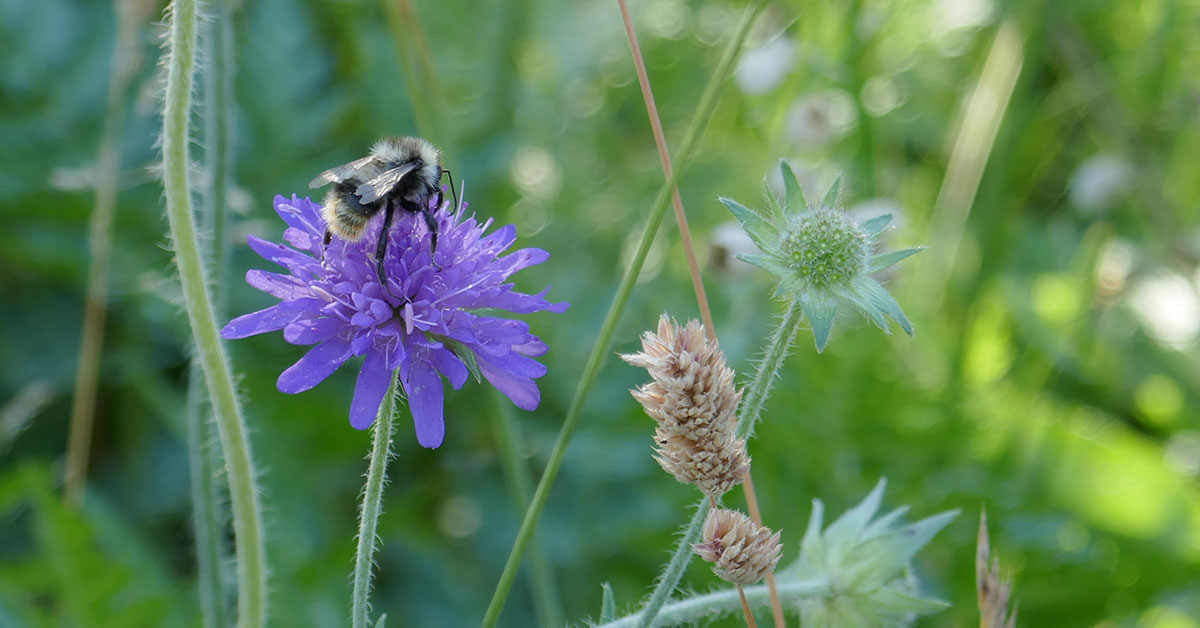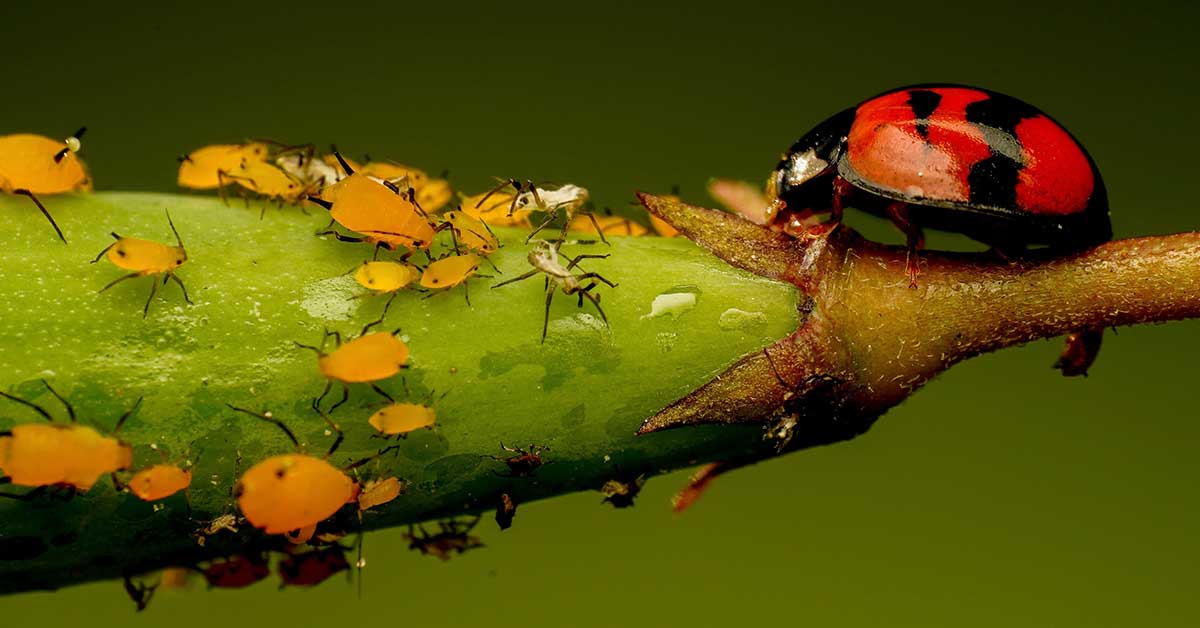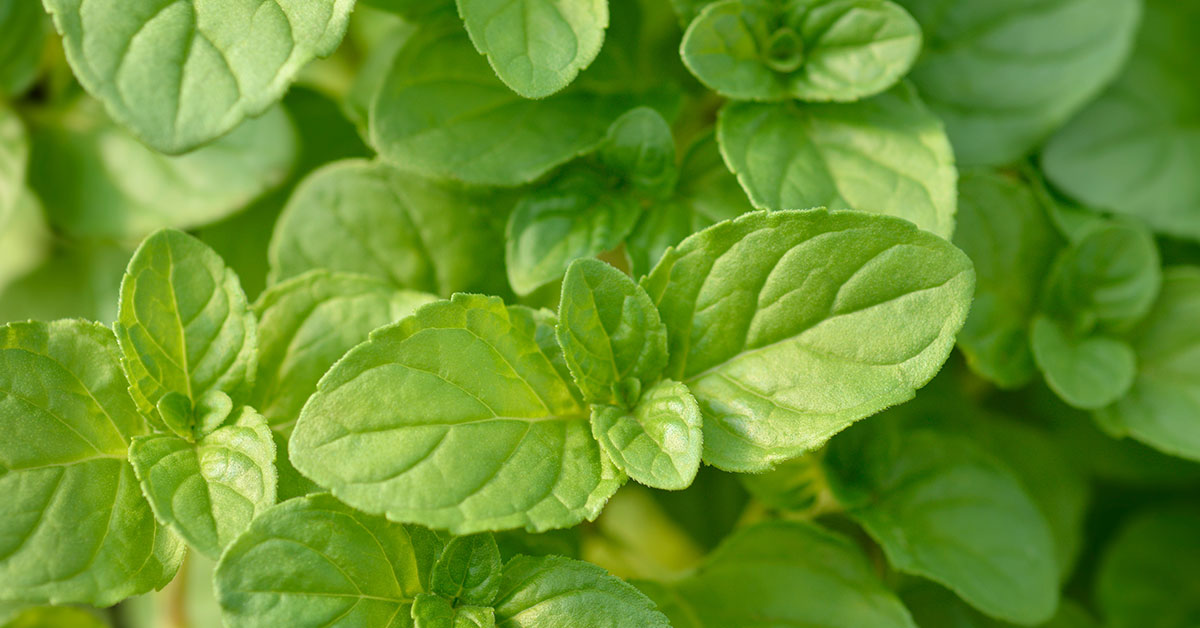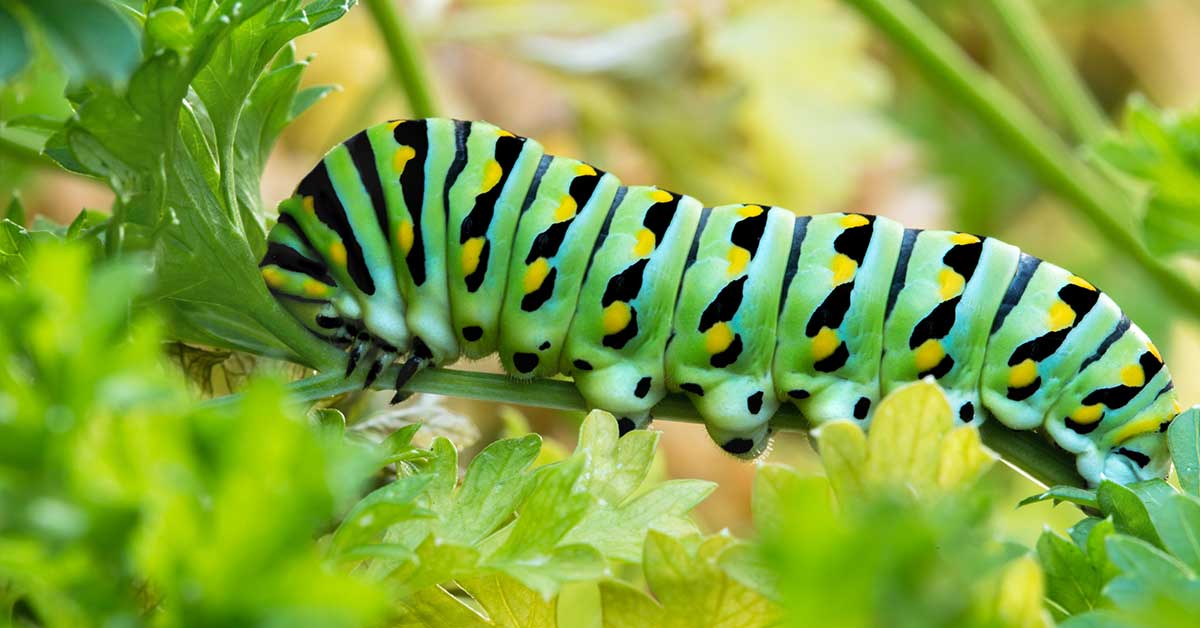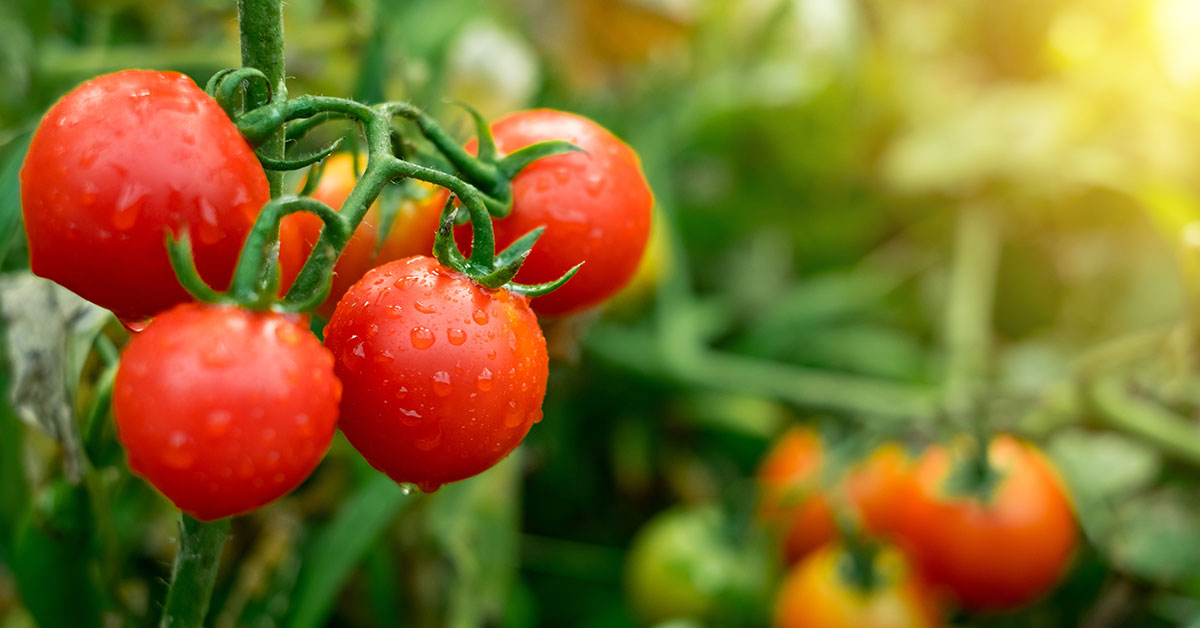Welcome to our comprehensive guide on finding the best fertilizer for Scabiosa, the enchanting and vibrant flowering plant that adds a touch of elegance to any garden. Scabiosa, also known as pincushion flower, is beloved for its delicate blooms and long-lasting beauty. To ensure your Scabiosa thrives and produces an abundance of stunning flowers, it is crucial to provide it with the right nutrients.
In this article, we will explore the various types of fertilizers available, their specific benefits for Scabiosa, and offer expert tips on how to effectively fertilize your plants. Whether you are a seasoned gardener or a beginner, this guide will equip you with the knowledge to nourish your Scabiosa and witness its full potential in your garden.
Do Scabiosa need to be fertilized?
Scabiosa plants, also known as pincushion flowers, generally do not require heavy fertilization for optimal growth. These plants are known to thrive in average to poor soil conditions. However, providing some nutrients can help promote healthier growth and more abundant blooms. It is recommended to incorporate organic matter, such as compost or well-rotted manure, into the soil before planting scabiosa. This will improve soil structure and provide some essential nutrients.
Additionally, a balanced slow-release fertilizer can be applied during the growing season to provide a steady supply of nutrients. It is important not to over-fertilize scabiosa, as excessive nitrogen can lead to excessive foliage growth at the expense of flower production. It is best to follow the instructions on the fertilizer packaging and avoid applying more than the recommended amount.
Regular watering and mulching around the plants can also help retain moisture and provide a more favorable growing environment. Overall, while scabiosa plants are relatively low-maintenance, a moderate amount of fertilization can contribute to their overall health and vigor.
The best fertilizer for Scabiosa
The best fertilizer for growing Scabiosa, also known as pincushion flower, is a balanced, slow-release fertilizer with a ratio of 10-10-10 or 14-14-14. This means the fertilizer contains equal amounts of nitrogen (N), phosphorus (P), and potassium (K).
Scabiosa plants prefer a nutrient-rich soil to thrive, so incorporating organic matter such as compost or well-rotted manure into the soil before planting is beneficial. This will provide a good foundation of nutrients for the plants.
During the growing season, you can apply the balanced fertilizer every 4-6 weeks according to the package instructions. Be sure to water the plants thoroughly after fertilizing to help the nutrients reach the root zone.
It’s important not to over-fertilize Scabiosa, as this can lead to excessive foliage growth at the expense of flower production. Follow the recommended dosage on the fertilizer package and monitor the plants’ response. If you notice excessive leaf growth without many flowers, reduce the frequency or strength of the fertilizer application.
Additionally, it’s a good practice to perform a soil test before planting to determine the specific nutrient needs of your soil. This will help you tailor your fertilizer application to the specific requirements of your Scabiosa plants.
When to fertilize Scabiosa
The ideal time to fertilize Scabiosa plants is in early spring, just as new growth begins to emerge. This will provide the plants with the necessary nutrients to support healthy growth and abundant flowering throughout the growing season. Additionally, you can apply a balanced slow-release fertilizer once every 4-6 weeks during the active growing period to ensure continuous nourishment. It’s important to follow the instructions on the fertilizer packaging and avoid over-fertilizing, as excessive nutrients can lead to poor plant health and reduced flowering.
Common issues with fertilizing Scabiosa
When fertilizing Scabiosa, there are a few common issues or problems that can arise:
- Over-fertilization: Applying too much fertilizer can lead to excessive growth, weak stems, and reduced flowering. It can also cause nutrient imbalances, leading to deficiencies or toxicities in the plant.
- Under-fertilization: Insufficient fertilization can result in stunted growth, pale or yellowing leaves, and poor flowering. The plant may not receive the necessary nutrients for healthy development.
- Improper timing: Fertilizing at the wrong time can have negative effects on Scabiosa. Applying fertilizer too early in the growing season may stimulate excessive vegetative growth at the expense of flower production. Late-season fertilization can interfere with the plant’s natural hardening-off process before winter.
- Incorrect nutrient balance: Scabiosa requires a balanced fertilizer with a ratio of nitrogen (N), phosphorus (P), and potassium (K). Using a fertilizer with an imbalanced nutrient ratio can lead to nutrient deficiencies or excesses, affecting the overall health and performance of the plant.
- Nutrient leaching: Over-watering or heavy rainfall can cause nutrients to leach out of the soil, depriving Scabiosa of essential elements. This can be especially problematic if the soil has poor drainage or if excessive irrigation is practiced.
To avoid these issues, it is important to follow the recommended fertilization guidelines for Scabiosa, use a balanced fertilizer, apply the right amount at the appropriate time, and monitor the plant’s response to adjust the fertilization regime if needed.
